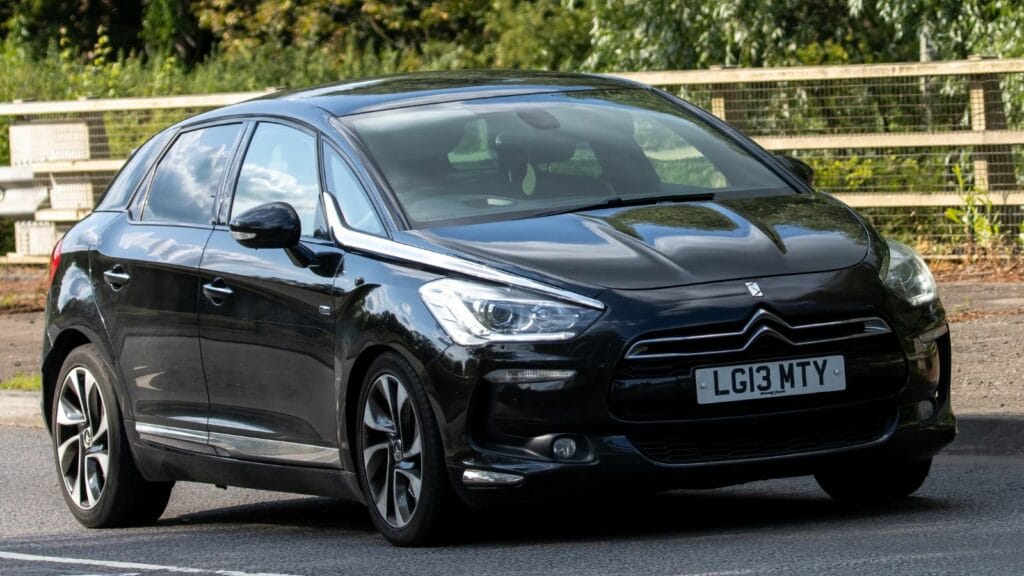While trends come and go, certain automobiles defy time, maintaining their charm, style, and desirability for decades. Whether it’s because of their elegant lines, unmistakable presence, or just the perfect blend of engineering and artistry, these 20 cars still turn heads as if they just rolled out of the showroom yesterday.
Jaguar E-Type (1961-1975)
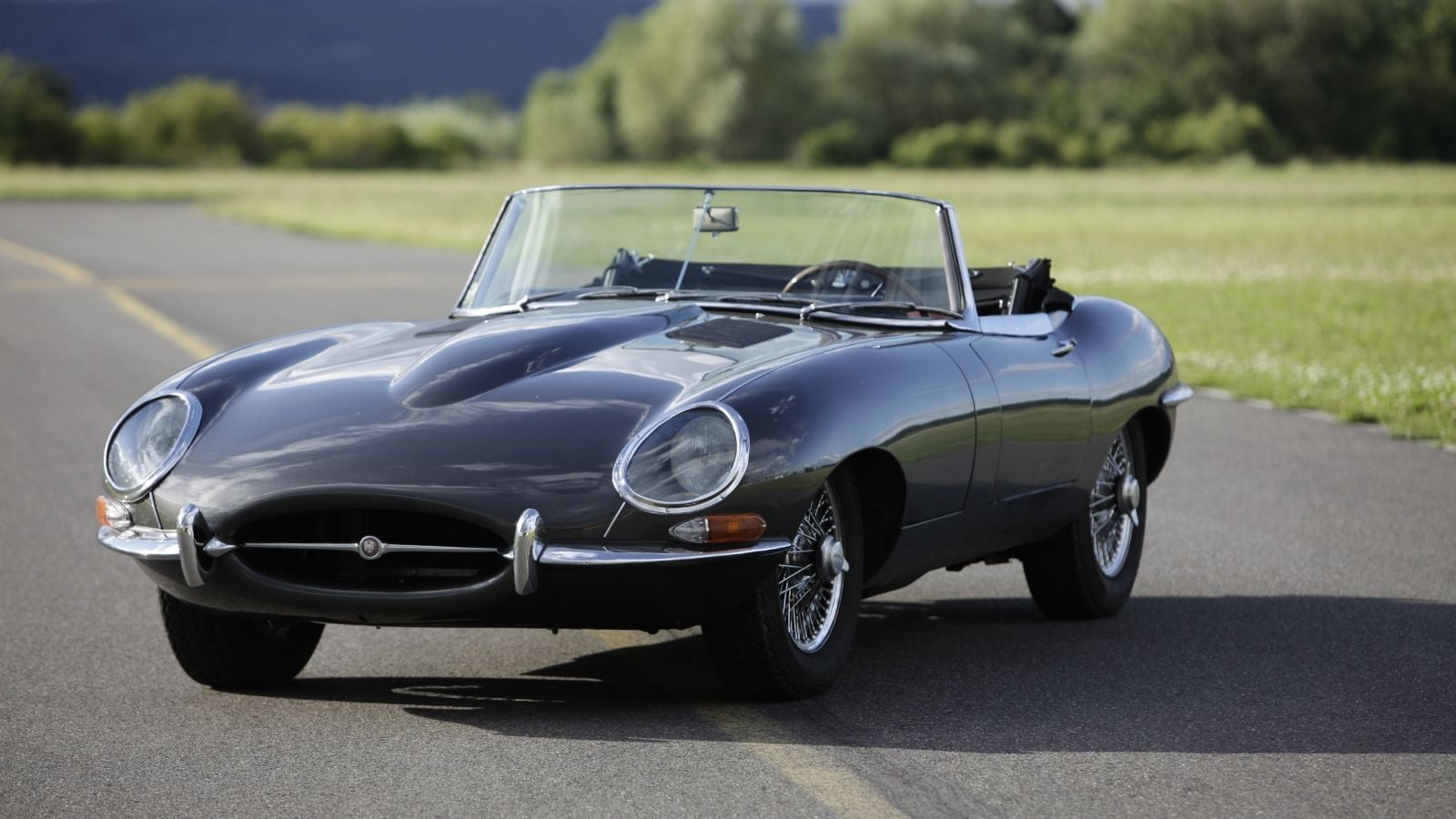
Enzo Ferrari called the Jaguar E-Type “the most beautiful car ever made,” who are we to argue with Il Commendatore? Launched at the 1961 Geneva Motor Show, it featured a 3.8L inline-six producing 265 hp, later upgraded to a 4.2L version. The E-Type could hit 150 mph, outpacing many rivals while costing far less. Its monocoque construction, independent rear suspension, and disc brakes (rare in the early ‘60s) made it a technological marvel. Today, the E-Type is a collector’s dream, often commanding six-figure prices at auctions.
Porsche 911 (1964-Present)
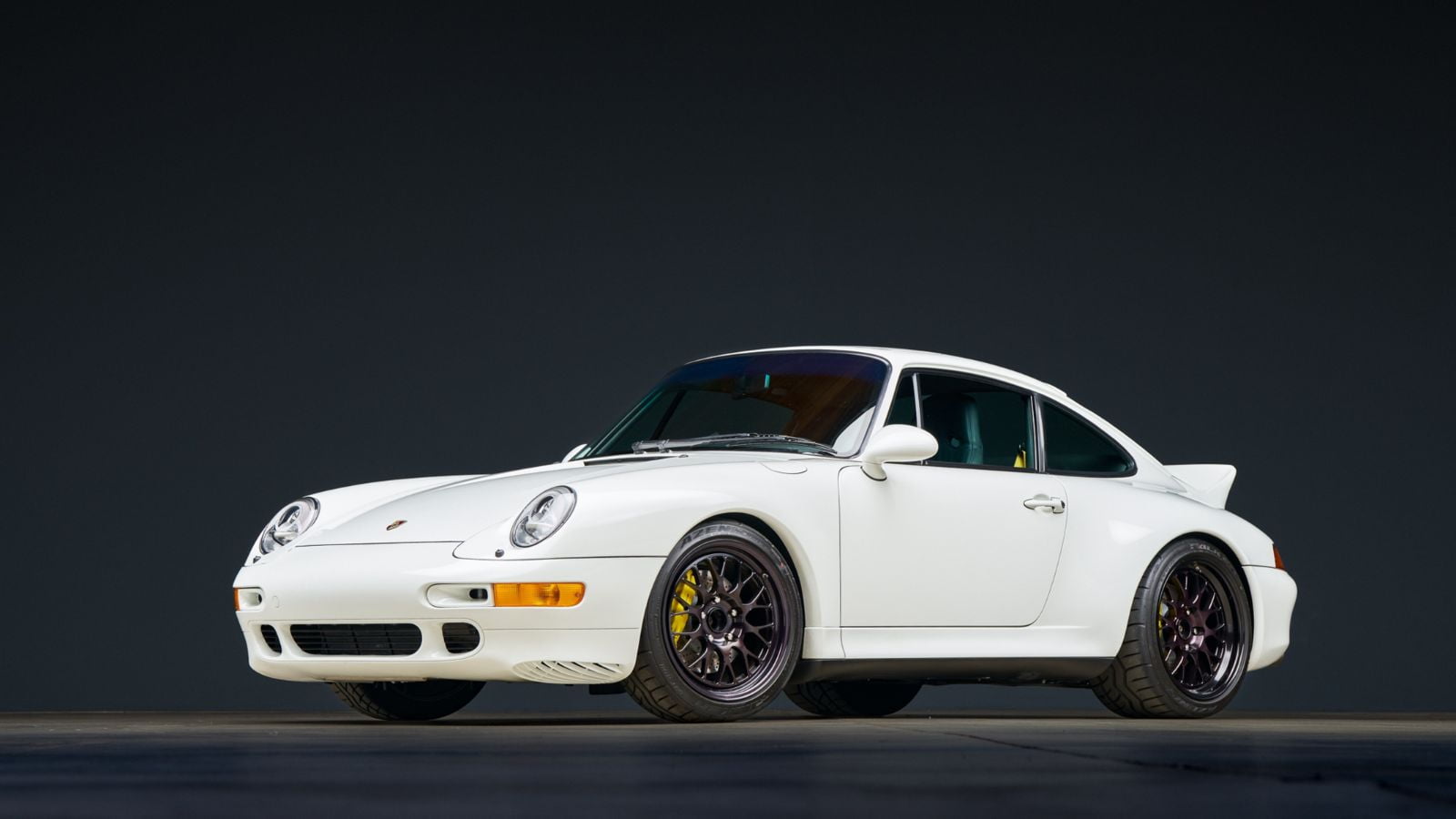
Designed as a successor to the 356, the Porsche 911 featured a rear-mounted, air-cooled flat-six engine, a layout that defined the car until 1998. The first generation (1964-1989) saw classics like the 911 Carrera RS 2.7 (1973), famed for its ducktail spoiler and lightweight agility. The 964 (1989-1994) also introduced all-wheel drive, followed by the 993 (1994-1998)—the last air-cooled 911. And its perfect balance between sports car fun and everyday usability ensures it remains relevant.
Aston Martin DB5 (1963-1965)
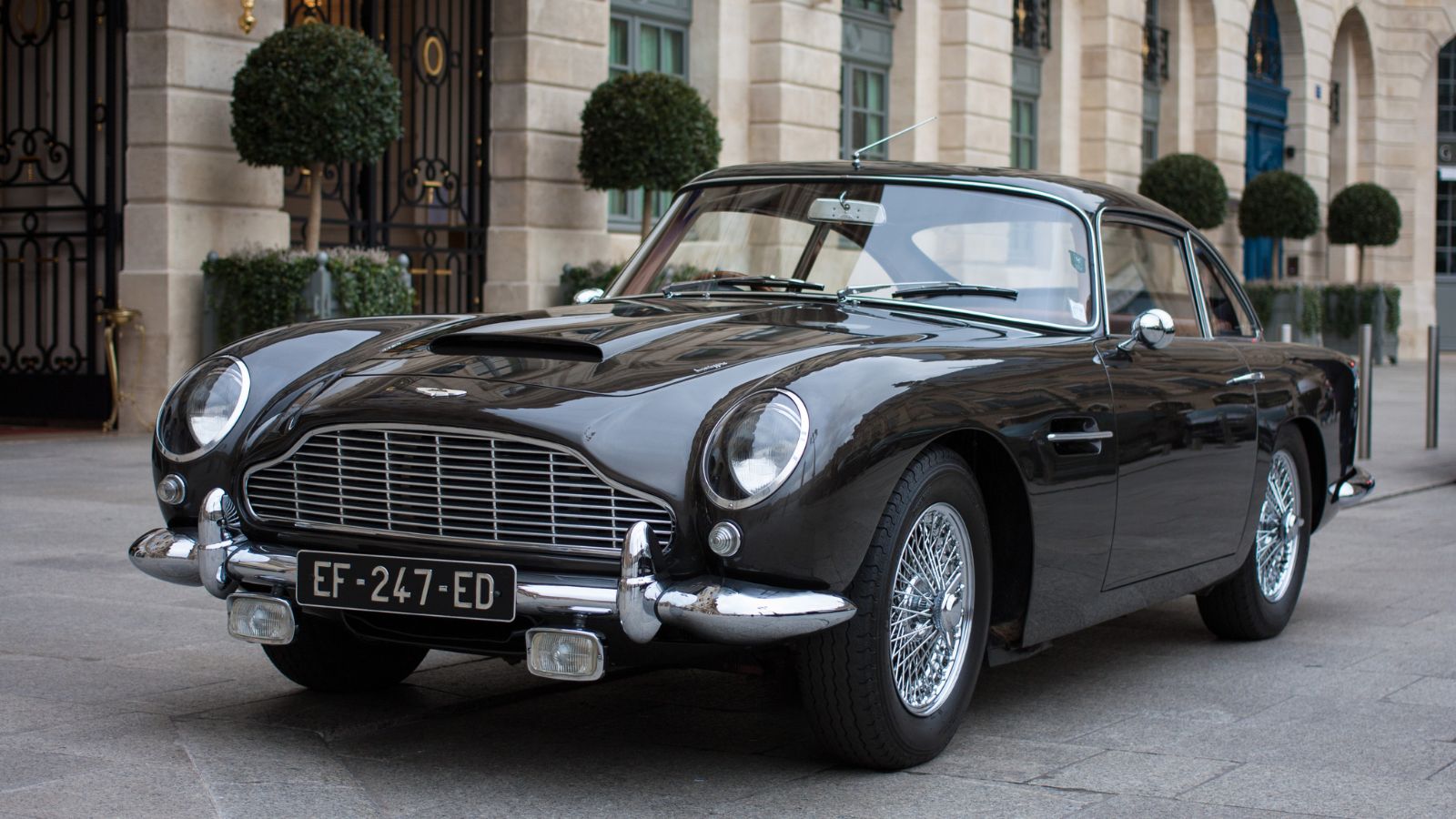
James Bond doesn’t drive just any car, and the Aston Martin DB5 is proof. Designed by Carrozzeria Touring using Superalgebra construction, it had aluminum panels over a tubular frame. Only 1,059 coupes, 123 convertibles, and 12 shooting brakes were built. Also, the DB5 featured leather upholstery, wool carpets, power windows, and an optional air conditioner, which was ultra-luxurious for its time. Today, it remains a collector’s dream, with pristine examples fetching millions at auction.
Mercedes-Benz 300SL Gullwing (1954-1957)
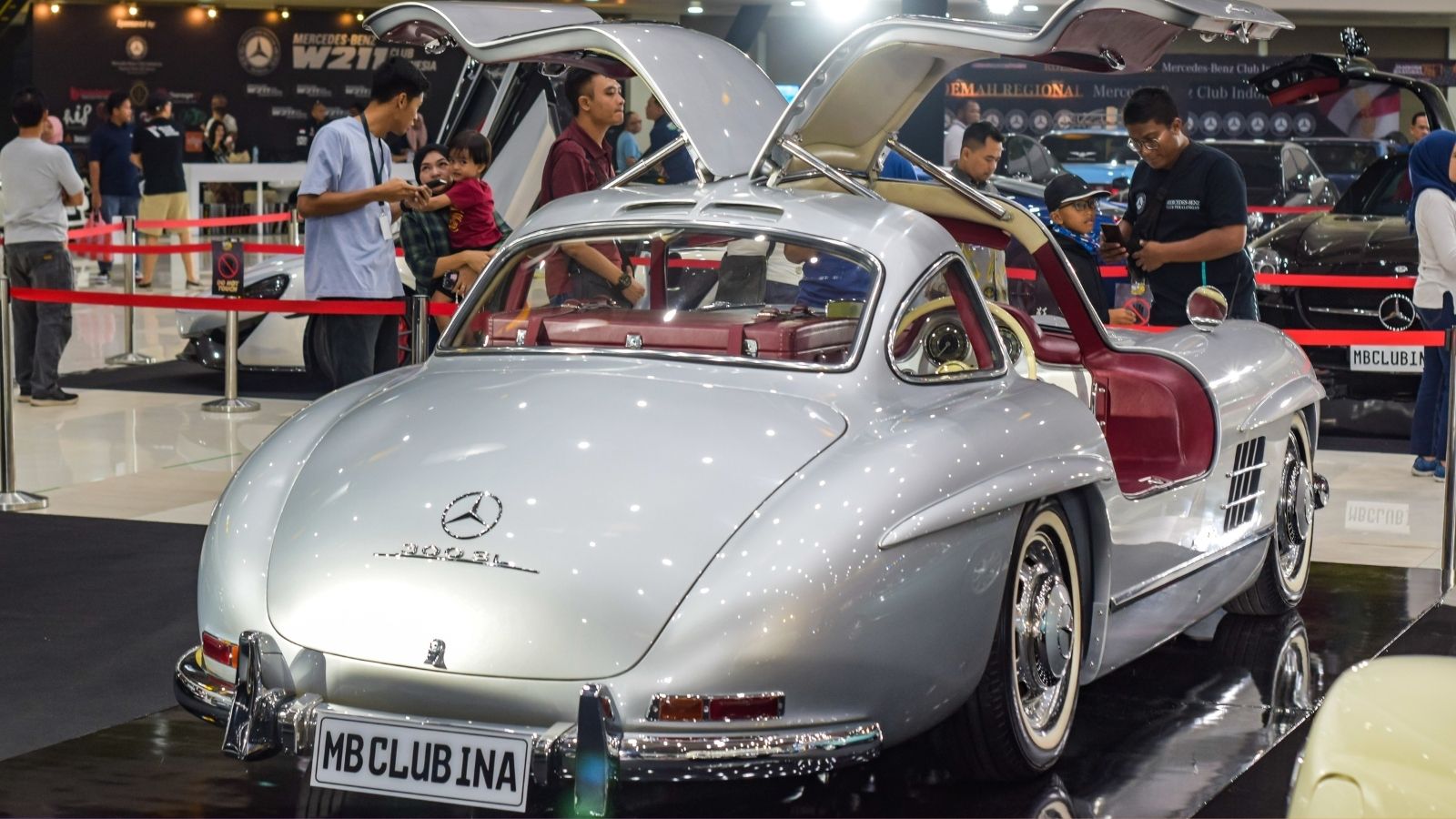
Few cars can claim to have doors as famous as their bodywork, but the 300SL Gullwing certainly can. Featuring distinctive gullwing doors, it was the world’s first production car with fuel injection, allowing its 3.0L inline-six to produce 215 hp, a massive leap over carbureted rivals. Derived from the W194 race car, its lightweight tubular spaceframe required high-mounted doors, creating its signature look. Only 1,400 coupes were built before the Roadster variant (1957-1963) replaced it. And, with a top speed of 160 mph, it was one of the fastest cars of its era.
Ferrari 250 GTO (1962-1964)
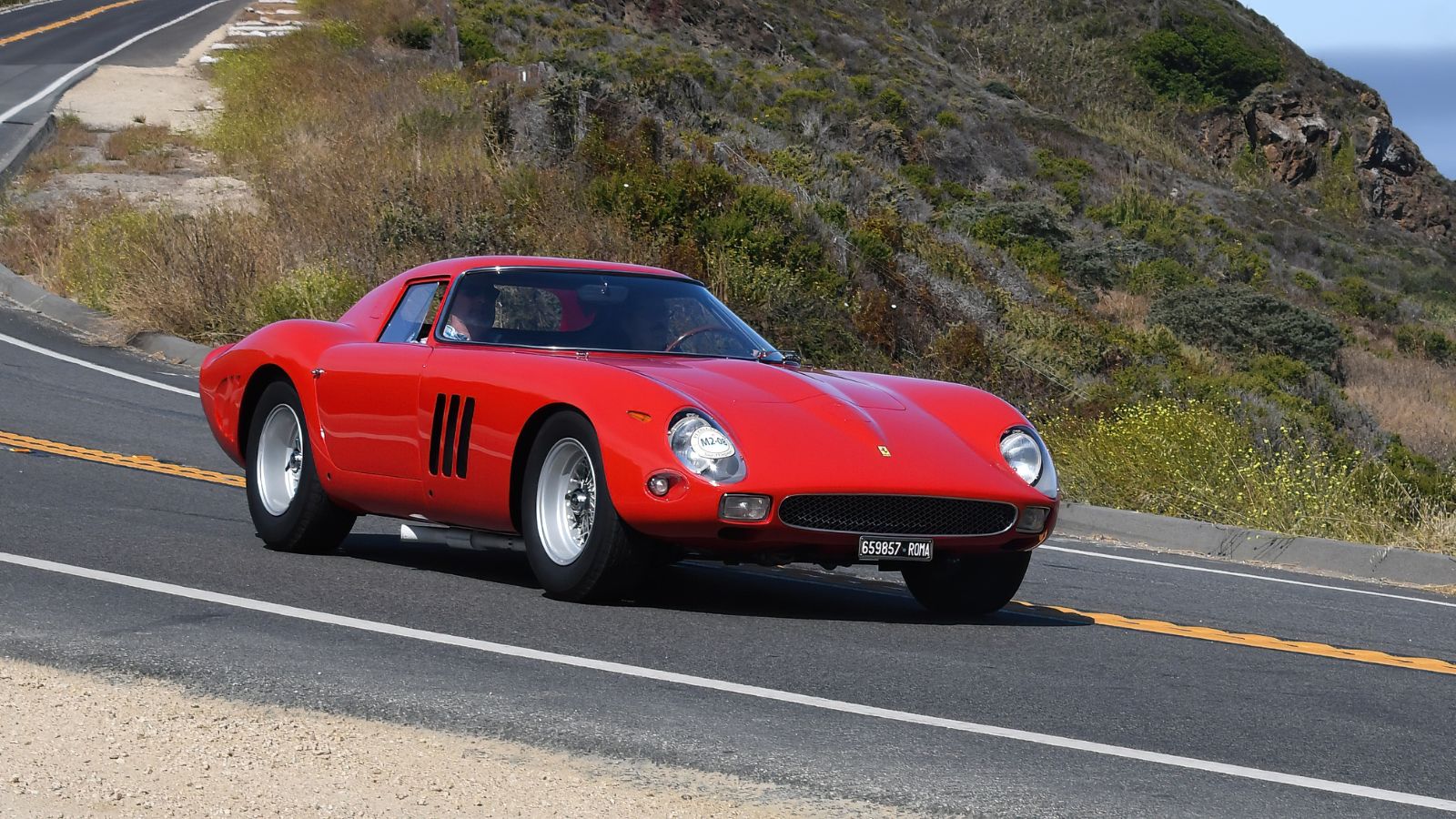
A rolling masterpiece and one of the most expensive cars, the Ferrari 250 GTO is the Mona Lisa of the automotive world. Designed for FIA’s Group 3 Grand Touring racing, only 36 units were produced, making it a rare collector’s dream. Plus, under its sleek, wind-tunnel-tested aluminum body sat a 3.0L Colombo V12, producing 296 hp and a top speed of 174 mph, blistering for its time. It also featured a 5-speed manual gearbox, a lightweight tubular frame, and a live rear axle with Watt’s linkage for improved handling.
Chevrolet Corvette Stingray (1963-1967)

The second-generation Corvette (C2), known as the Stingray, remains one of the most breathtaking American cars ever produced. The car’s split-window coupe of 1963 is especially iconic, with its aggressive stance, hidden headlights, and muscular haunches. The Stingray also introduced four-wheel independent suspension, improving handling over its C1 predecessor. Available in coupe and convertible, it was stylish and ferocious, cementing itself as a design legend. Today, its sculpted fiberglass body remains one of the most revered shapes in automotive history.
Lamborghini Miura (1966-1973)
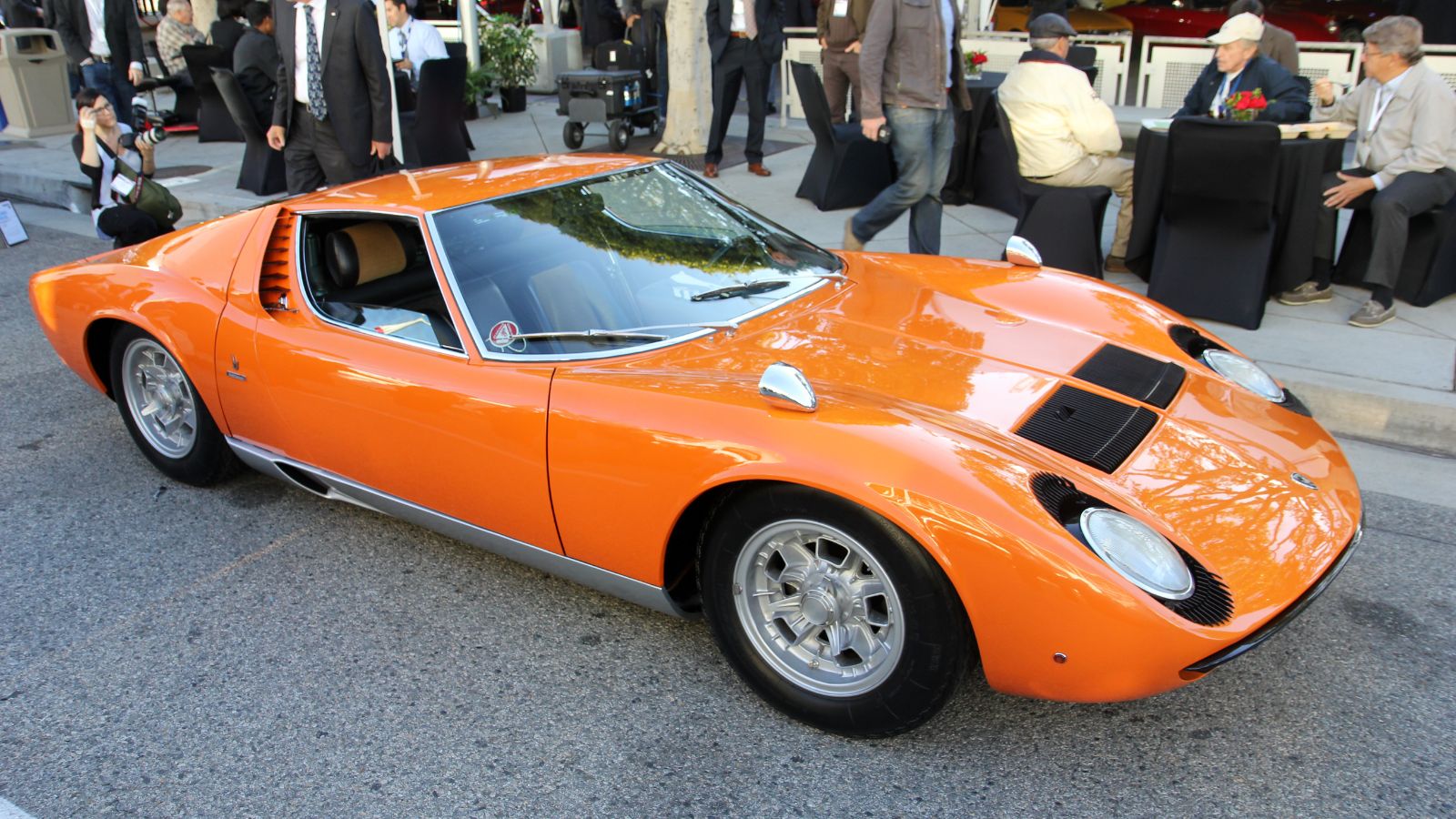
Before the Miura, supercars weren’t a thing. Styled by Marcello Gandini at Bertone, the Miura’s sleek, low-slung body featured dramatic curvaceous lines, aggressive air intakes, and iconic “eyelash” headlight trims. It was just 1,055 mm (41.5 inches) tall and emphasized aerodynamics and elegance. Plus, beneath its sculpted aluminum panels, the Miura housed a transversely mounted 3.9L V12, a radical layout inspired by race cars. And let’s be honest: If you drive one, you instantly become 10 times cooler.
BMW 507 (1956-1959)
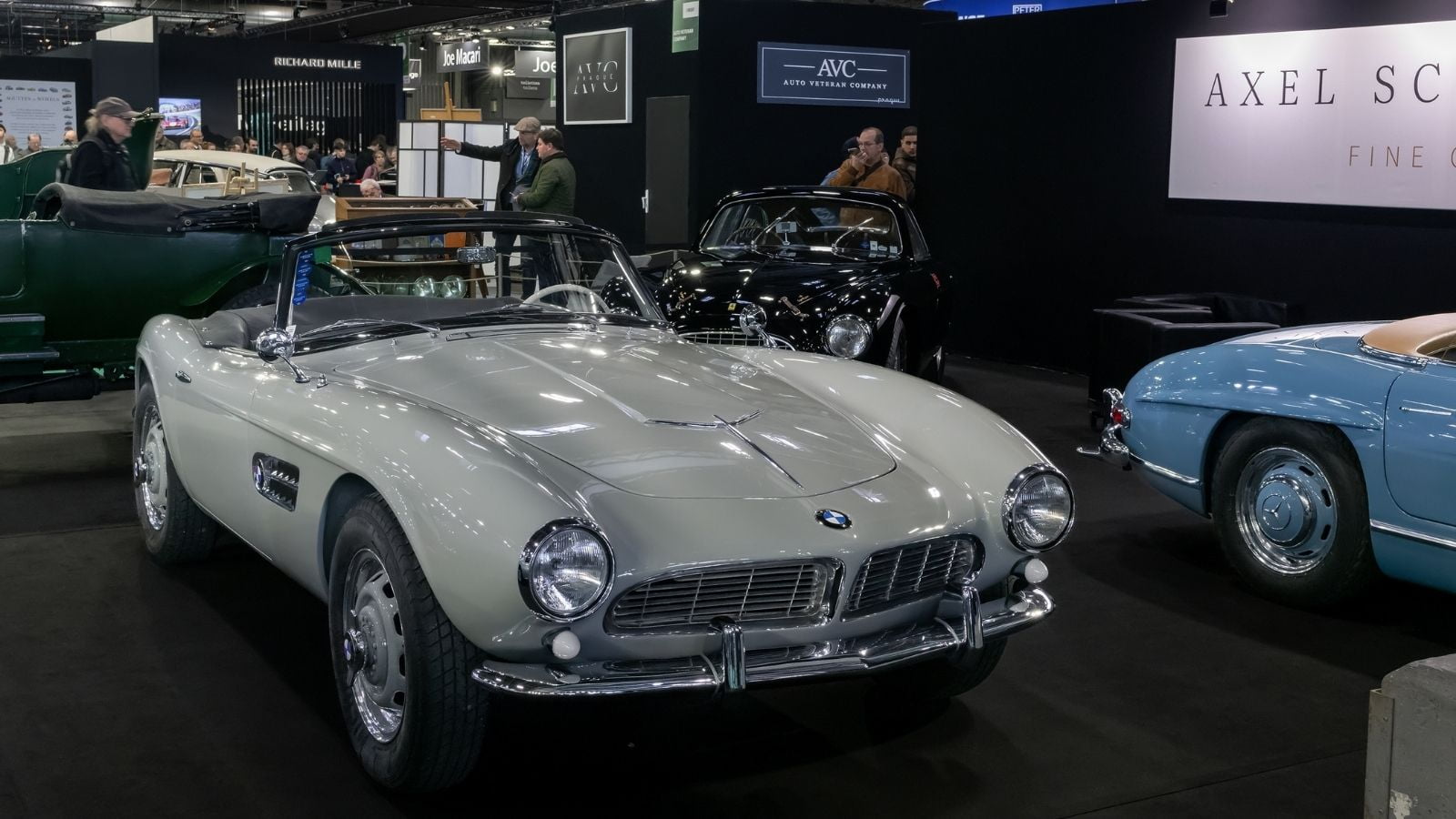
The BMW 507 proves that some cars are too pretty for their good. Its lightweight, hand-formed aluminum body, curvaceous design, and iconic kidney grille made it an instant classic. Despite its beauty, the 507 was a financial disaster for BMW—its $10,500 price tag (equivalent to over $100,000 today) was too high, leading to only 252 units being produced. However, it found fans in Elvis Presley, John Surtees, and the King of Morocco. The 507’s rarity and historical significance make it a multimillion-dollar collectible today, with pristine examples fetching over $5 million at auctions.
Ford GT40 (1964-1969)
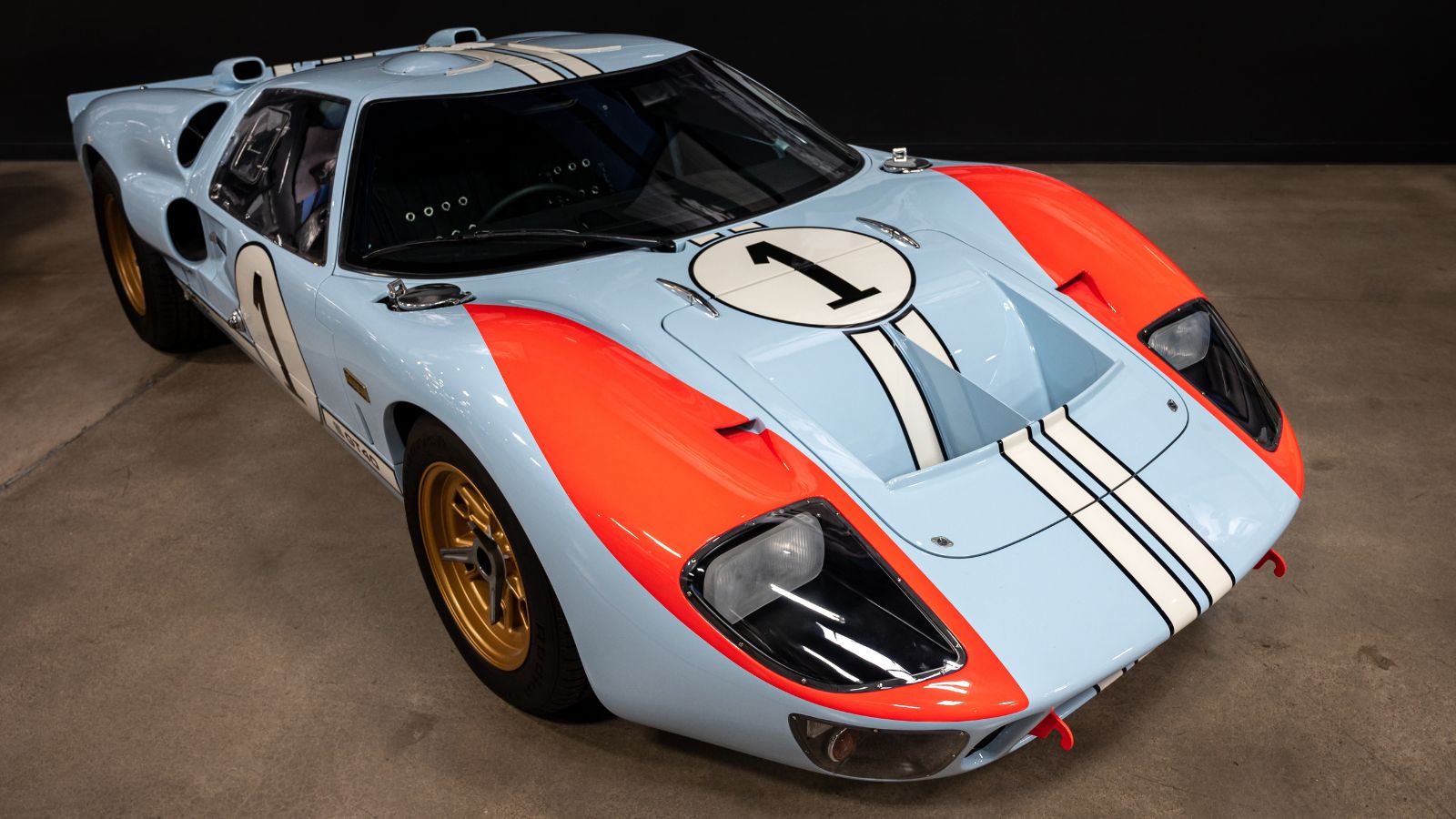
A race car that went on to win Le Mans four times in a row, the GT40 is a motorsports legend and a design icon. Powered by a 7.0L (427 cu in) V8, the Mk II produced 485 horsepower, hitting 200+ mph on the Mulsanne Straight. The GT40’s aerodynamics, low-slung stance (just 40 inches tall, hence the name), and lightweight construction made it a motorsport powerhouse. The car’s legacy continues with the 2005-06 Ford GT and the 2017-22 GT, modern tributes with cutting-edge performance. The original GT40 remains one of history’s most celebrated race cars, cementing Ford’s endurance racing dominance.
Rolls-Royce Silver Cloud (1955-1966)
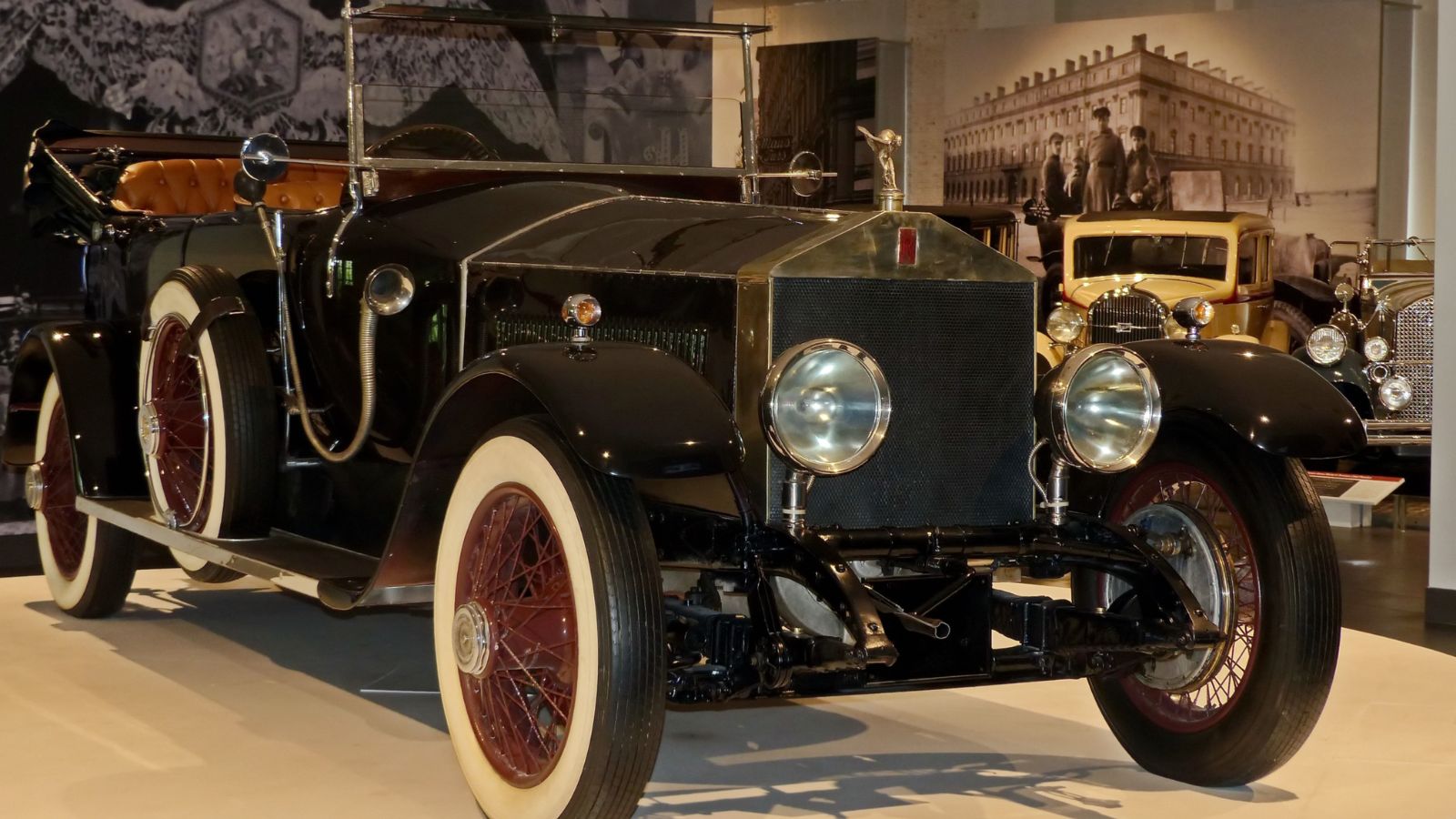
Few cars exude grace and elegance quite like a Rolls-Royce, and the Silver Cloud remains one of the most majestic designs ever to wear the Spirit of Ecstasy. Produced in three generations (Silver Cloud I, II, and III), it replaced the Silver Dawn and was eventually succeeded by the Silver Shadow. The Silver Cloud I also housed a 4.9L inline-six engine (155 hp), while the Silver Cloud II (1959) introduced the more powerful 6.2L V8, improving speed and smoothness. Custom coach-built versions by H.J. Mulliner, Park Ward, and James Young made each car unique.
Alfa Romeo Spider (1966-1994)
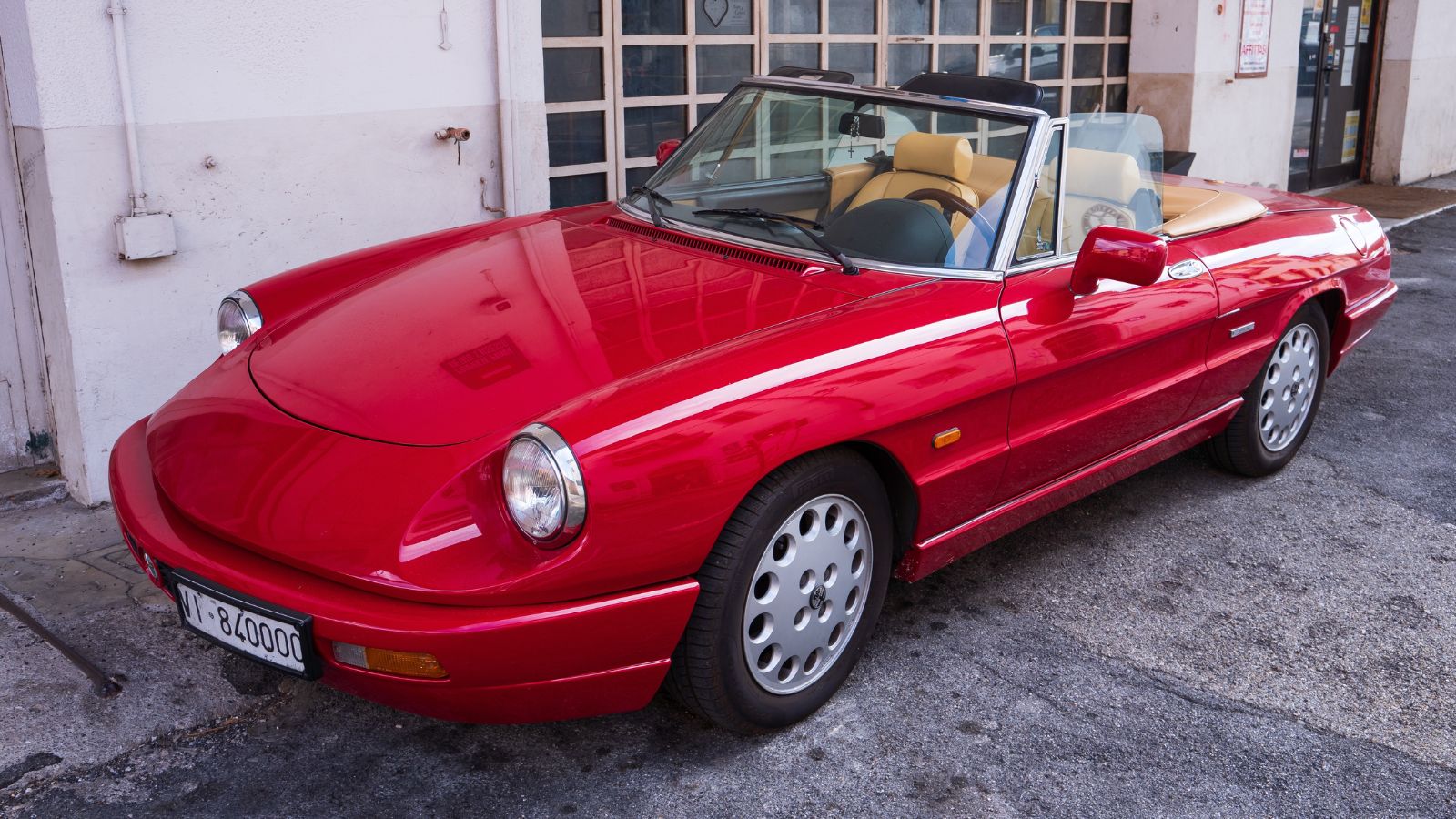
The Alfa Romeo Spider is proof that simplicity can be stunning. Under the hood? Twin-cam engines ranging from 1.3L to 2.0L, making just enough power to thrill you without hurling you into a ditch—unless you forgot it had rear-wheel drive. The 1980s versions gained rubber bumpers and fuel injection because of progress. By 1994, Alfa had retired the Spider, but not before cementing its reputation as the perfect car for La Dolce Vita. Today, it remains a classic—quirky, stylish, and sometimes unreliable, just like a true Italian romance.
Toyota 2000GT (1967-1970)
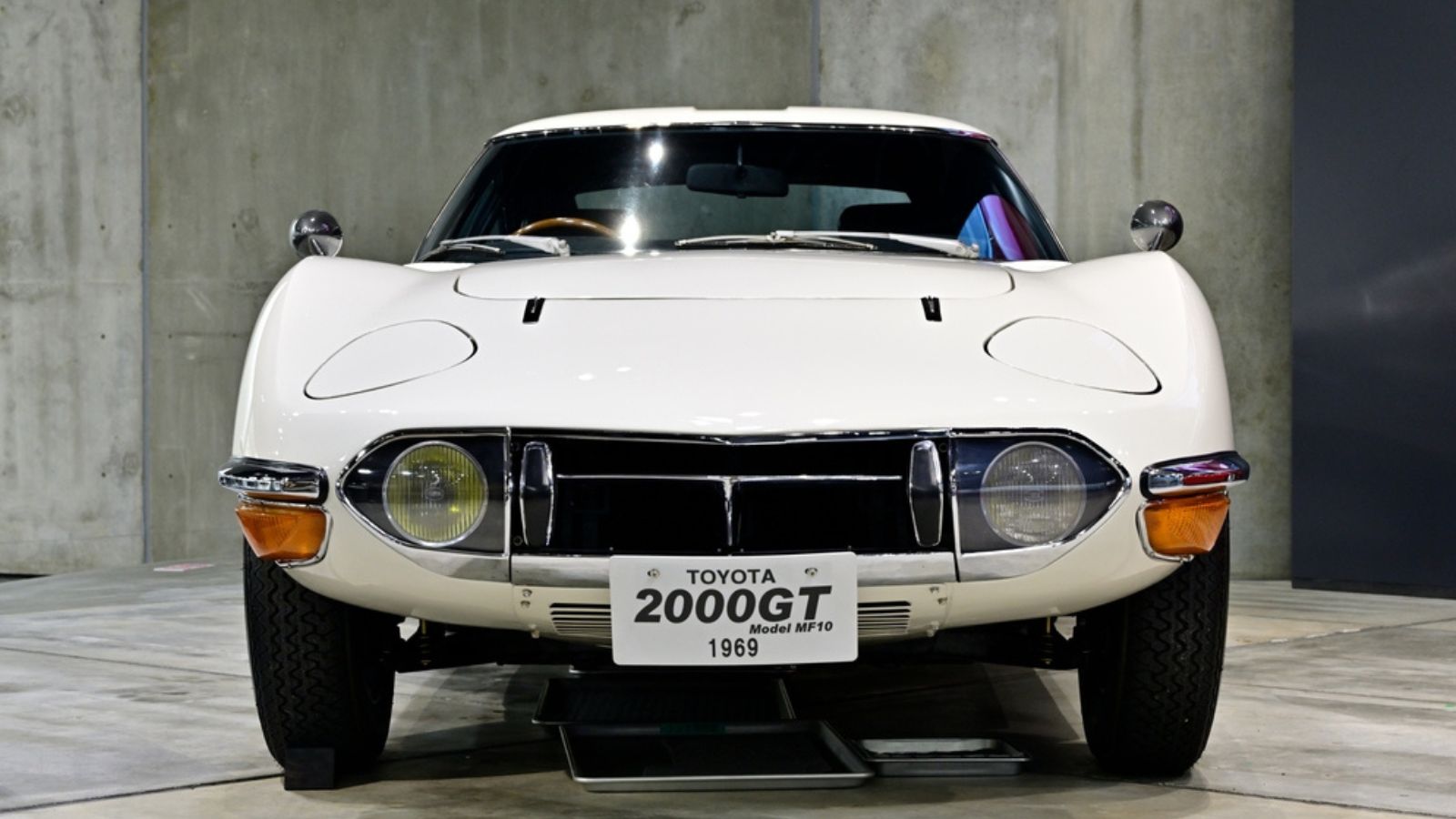
Toyota’s first true supercar, the 2000GT, looks like Japan’s answer to the E-Type. It featured pop-up headlights, a wood-trimmed interior (crafted by a piano company!), and a top speed of 137 mph. It was Japan’s first true supercar, proving that Toyota wasn’t just about sensible sedans. Today, prices easily hit seven figures, making it pricier than most houses. Oh, and a fun fact—Toyota had to make a custom convertible for Sean Connery because he was too tall. Talk about VIP treatment!
Datsun 240Z (1969-1978)
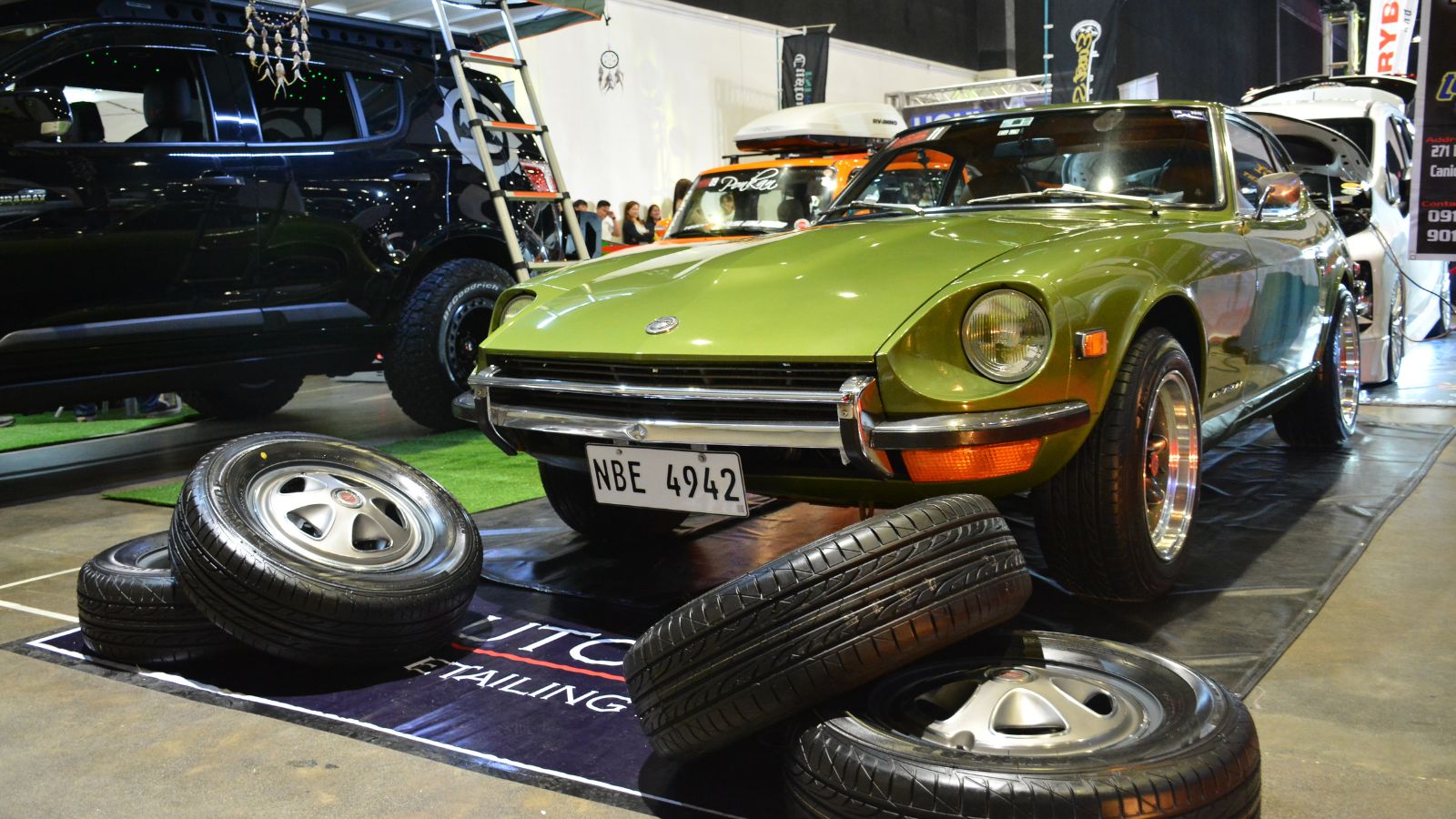
Ah, the Datsun 240Z—Japan’s slick 1970s missile that made British and Italian sports cars sweat profusely. Launched in 1969, the 240Z packed a 2.4L inline-six with a healthy 151 horsepower, enough to make it feel fast without requiring a PhD in bravery. It had a 0-60 mph time of about 8 seconds, which was zippy for its era. Over 160,000 units were sold in four years, leaving competitors scratching their heads. The “Z” badge lives on, but the 240Z remains the original king of affordable performance.
McLaren F1 (1992-1998)

The McLaren F1 (1992-1998) was designed by Gordon Murray. It had a 6.1L BMW V12 (627 hp) sitting behind the driver like a paranoid bodyguard. Speaking of the driver, he sat in the middle, flanked by two passengers who got the privilege of being human luggage. McLaren only made 106 of these beauties, and today, they cost more than small islands. Oh, and the tool kit? Titanium. Because regular wrenches are for commoners.
Tesla Roadster (2008-2012)
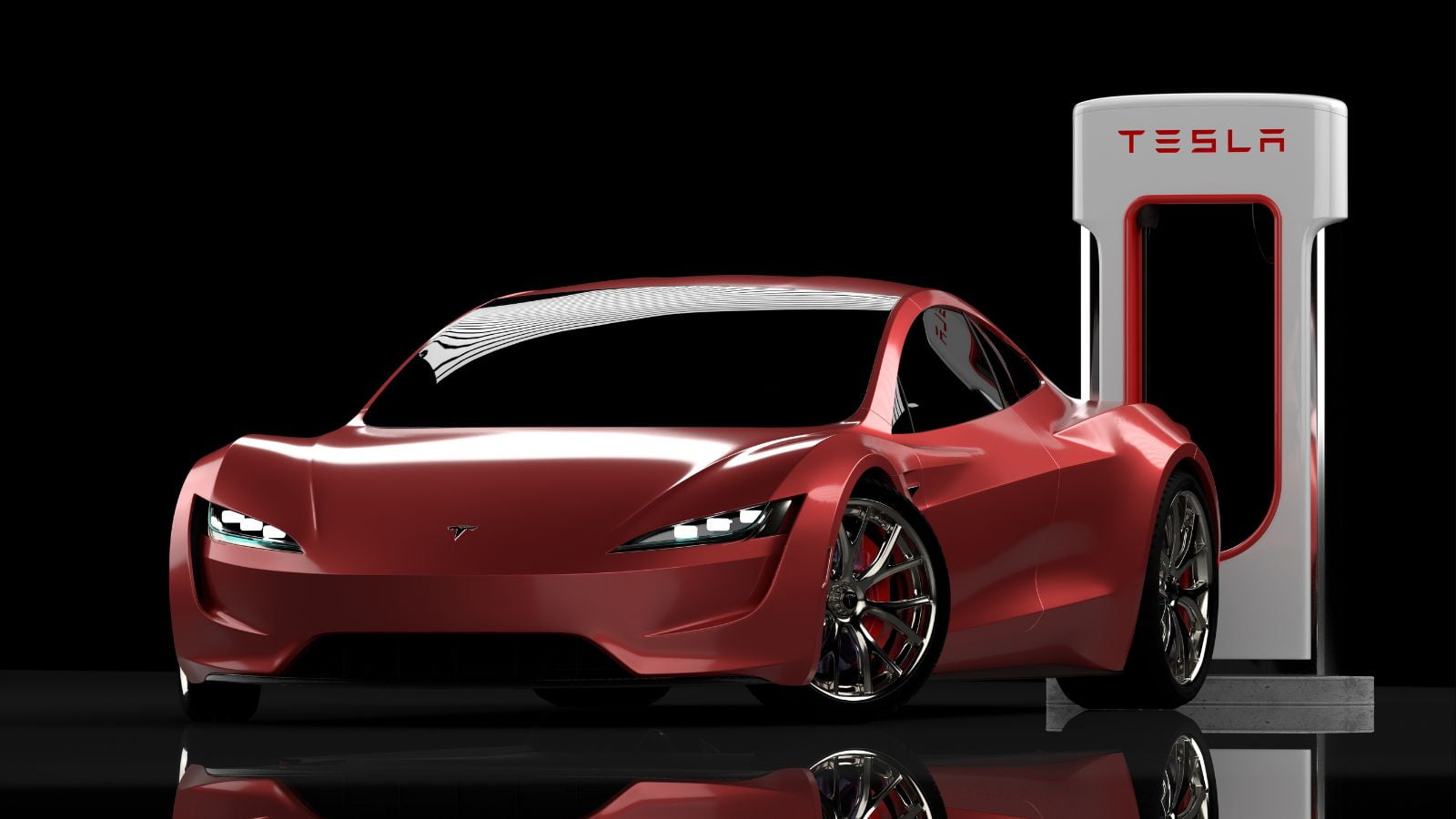
The first-generation Roadster, the car that put Tesla on the map, was ahead of its time. It was the first highway-legal EV with a lithium-ion battery and the first production car from Tesla, proving that electric cars weren’t just glorified golf carts. Only 2,450 units were made, making it rarer than a polite internet debate. Elon Musk even flung one into space in 2018 because why not? The Roadster was quirky, fast, and ahead of its time.
Lancia Stratos (1973-1978)

Built for rally dominance, the wedge-shaped Lancia Stratos has a futuristic look that still turns heads today. The Stratos was as light as a feather (about 980 kg), and with 190-320 hp, it flew through dirt and tarmac alike. Visibility? Who needs it when you have sheer aggression? Homologation rules forced Lancia to make 492 road-going versions, which were equally bonkers but slightly more polite. Sadly, Fiat (Lancia’s overlord) axed it for the Fiat 131. Tragic. Today, the Stratos is a holy grail for collectors, costing a fortune.
Honda NSX (1990-2005)
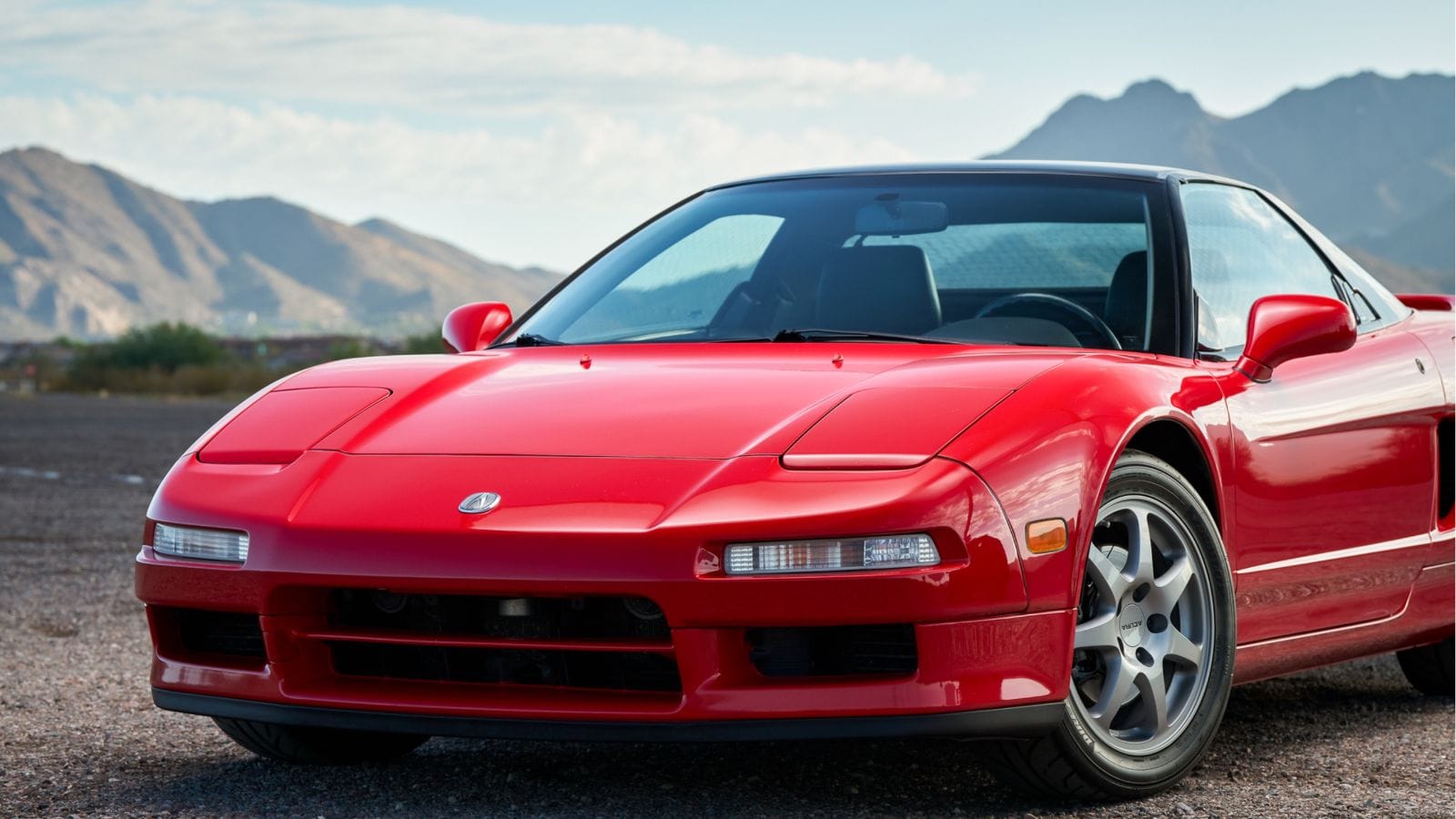
Japan’s first true supercar, the Honda NSX, combined Ferrari-fighting performance with Honda reliability. Its aluminum monocoque chassis was a world first for production cars, keeping it lighter than Ferrari’s 348. The manual transmission was so smooth that shifting felt like slicing warm butter. And the pop-up headlights? Pure ‘90s perfection. Even after 15 years with minimal changes, it still turned heads, proving that Honda engineered it too well. Sadly, production ended in 2005, but the NSX remains a legend.
Mazda RX-7 FD (1992-2002)
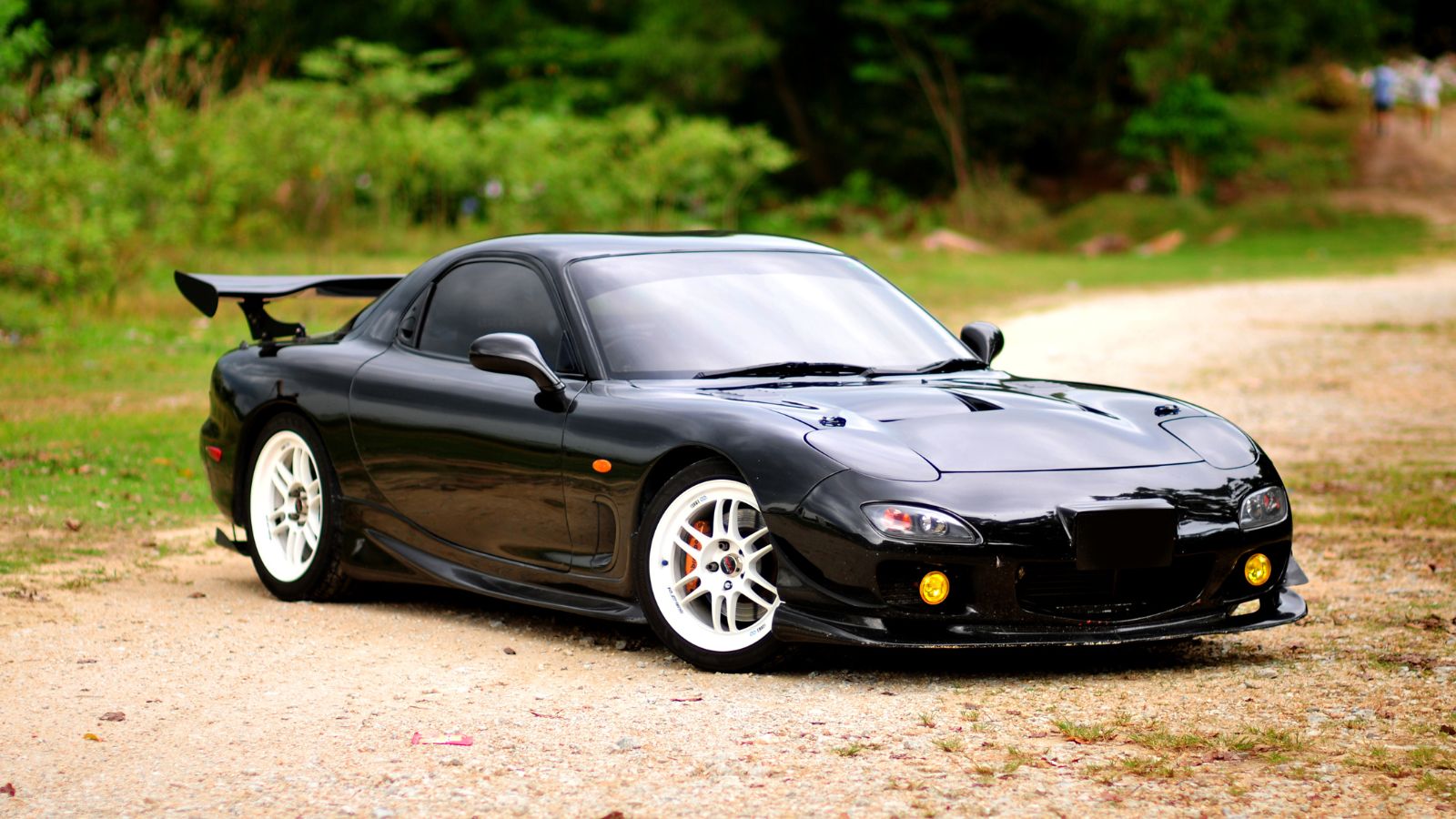
The Mazda RX-7 FD (1992-2002) is Japan’s finest attempt at making a spaceship for the streets—minus the ability to fly (sadly). Under the hood, or relatively deep within its rotary soul, lies the legendary 13B-REW twin-turbocharged 1.3L Wankel engine, capable of revving to oblivion and producing 276 hp (wink-wink, Japan’s Gentlemen’s Agreement). This featherweight (under 1,300 kg) coupe boasts a 50:50 weight distribution, rear-wheel drive, and handling so sharp it could cut sushi.
Volkswagen Beetle (1938-2003)
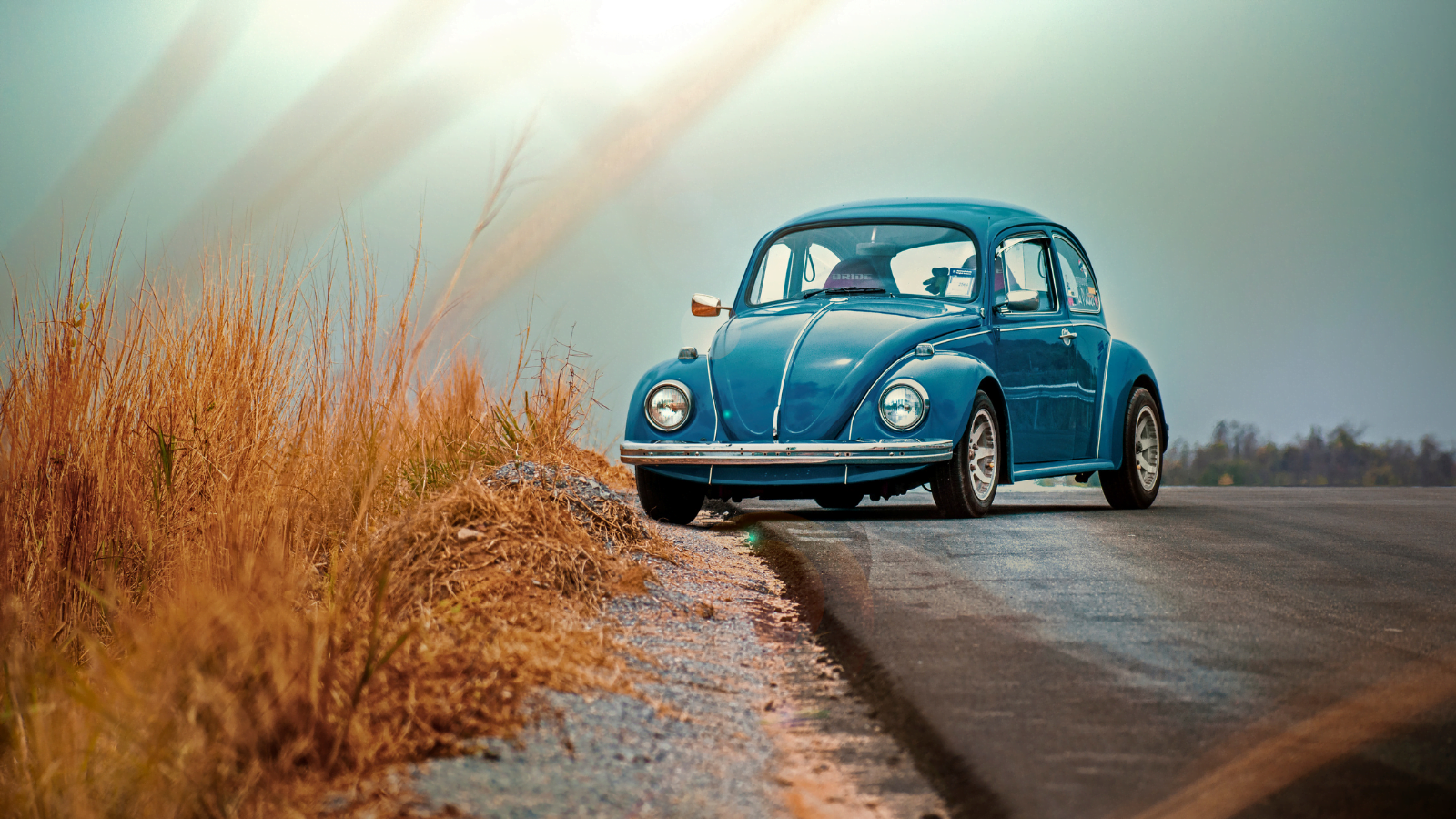
The Volkswagen Beetle (1938–2003) was the car equivalent of a friendly bug that just wouldn’t quit. Originally designed by Ferdinand Porsche under orders from a certain mustachioed dictator (yikes), the “people’s car” became an icon of durability, affordability, and undeniable charm. Its rear-mounted, air-cooled engine made it as simple as a toaster but way more fun to drive. Not to mention, the Beetle scuttled its way across the world, becoming the best-selling car of its time, with over 21 million produced. Production finally ended in 2003 in Mexico, marking the end of an era.
Citroën DS (1955-1975)
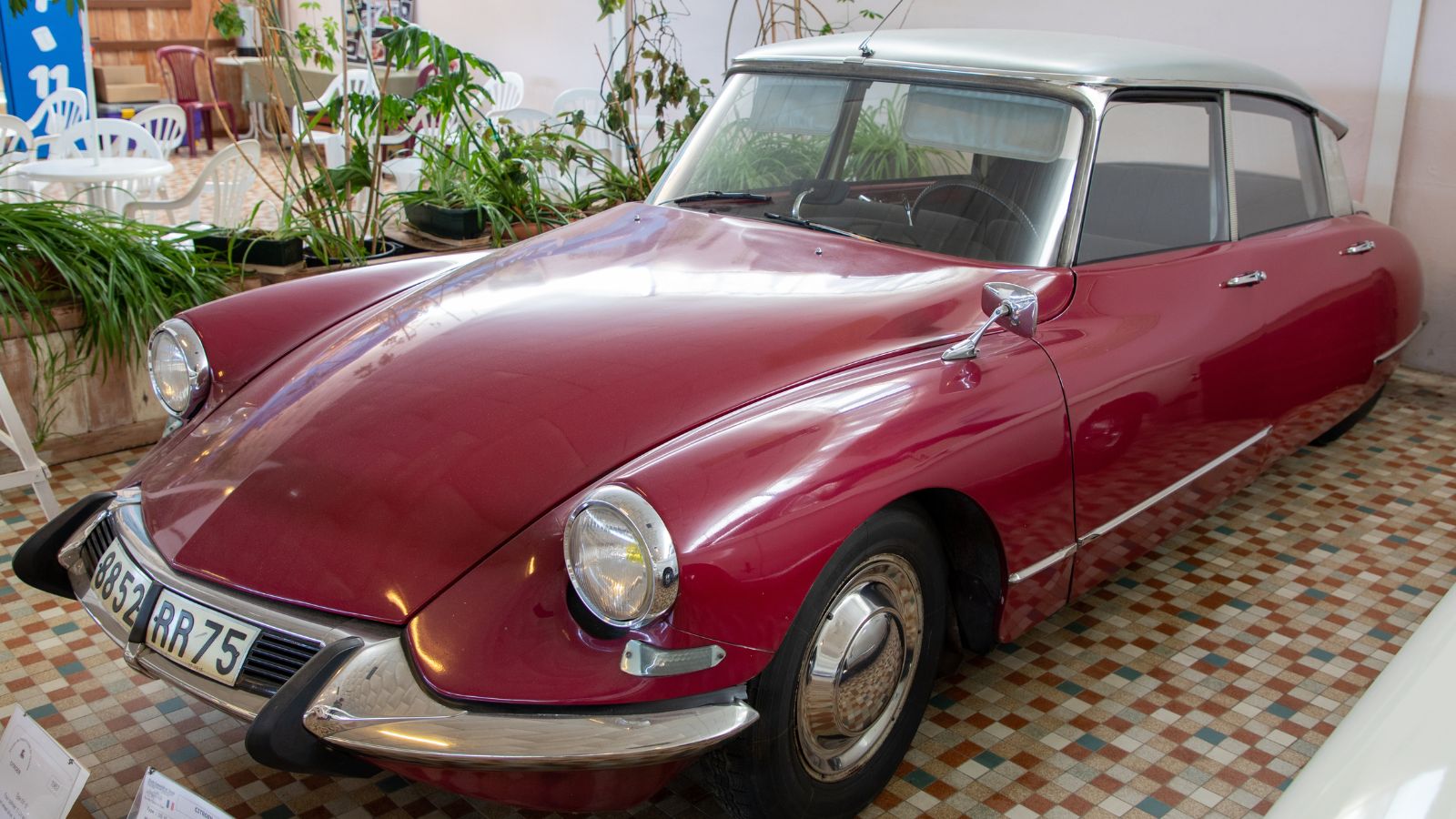
Ah, the Citroën DS (1955-1975)—a car so futuristic that aliens probably took notes. Launched at the 1955 Paris Motor Show, it looked like something out of a sci-fi flick and sold 12,000 units on day one. The DS (pronounced “Déesse,” meaning “Goddess” in French) was an engineering marvel featuring hydropneumatic suspension that made potholes irrelevant. It also had power steering, disc brakes, and a semi-automatic gearbox—all groundbreaking for the time.
18 Budget-Friendly Electric Cars That Last Longer Than Their Loans — Economical Electrics
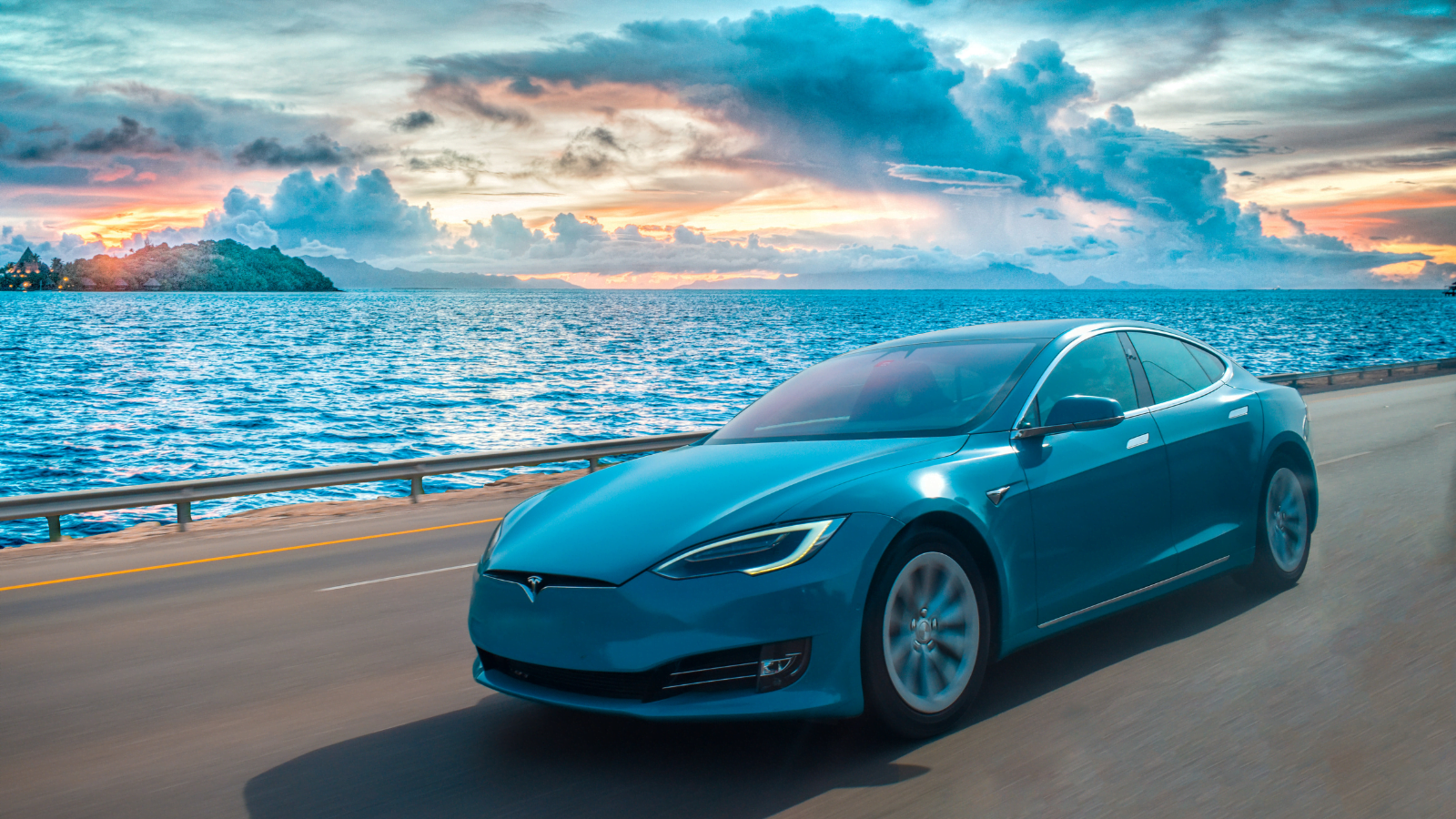
Electric vehicles are no longer a luxury for the elite—they’re a smart investment for the everyday driver. With manufacturers stepping up to the plate, affordable EVs now deliver on reliability, range, and modern comforts. Here’s a look at 18 economical electric cars engineered to outlast their payment plans.
18 Budget-Friendly Electric Cars That Last Longer Than Their Loans — Economical Electrics
